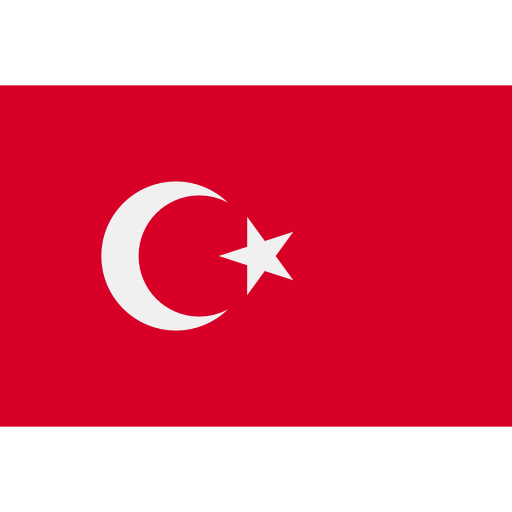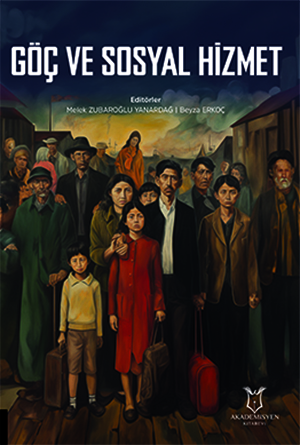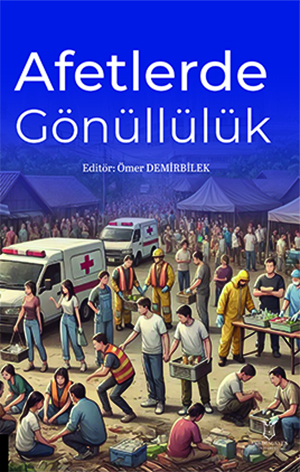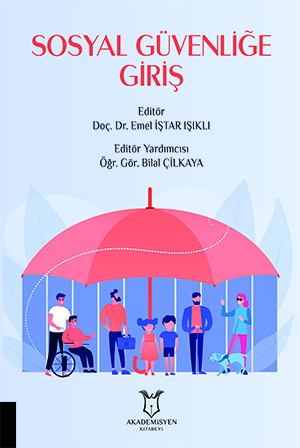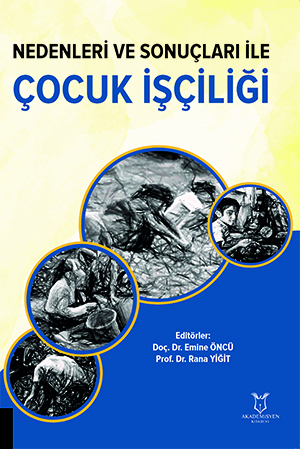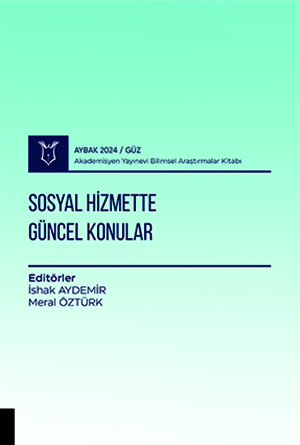Living conditions during and after migration reveal a
process that intersects with multiple and layered disadvantage. The diversity
and disadvantaged conditions of migrant groups must be taken into account in
all practices. Migration creates a fundamental disadvantage arising from
differences such as race, ethnicity and language within diversity. Therefore,
it will be useful to focus on the issue of migration and disadvantaged groups
from the axis of intersectionality. It is necessary to make visible the
disadvantageous experiences and needs of individuals in these social positions
that intersect in line with the identity of migrant, disabled, elderly, child,
woman or man. Migrant identity is foremost in positioning individuals against
intersectional oppression. However, the national and international literature
has been lacking for a long time in developing a direct and inclusive
intervention to address disadvantage arising from the intersection of migration,
gender, age and disability. It is necessary to address migrants' experiences
with sources of oppression such as racism, ableism, ageism and patriarchy that
create structural disadvantage. In addition, the disadvantage created by social
class itself, such as poverty, which inevitably comes within structural
disadvantage, should also be emphasized. This chapter focuses on the
disadvantage that emerges at the intersection of migration, gender, age and
disability. It is essential that the experiences and needs of these
disadvantaged groups, such as education, health, secure and formal employment
and participation in a secure social life, are made visible and services are
structured with a rights-based approach. In efforts to eliminate
disadvantageous conditions, it is important that policies, practices and legal
procedures are carried out in a way that contributes to the empowerment and
independence of migrant groups, rather than maintaining their dependency. As a result,
this chapter provides a holistic discussion on the rights and needs of
disadvantaged groups within the framework of intersectionality.
Atıf Sayısı :


